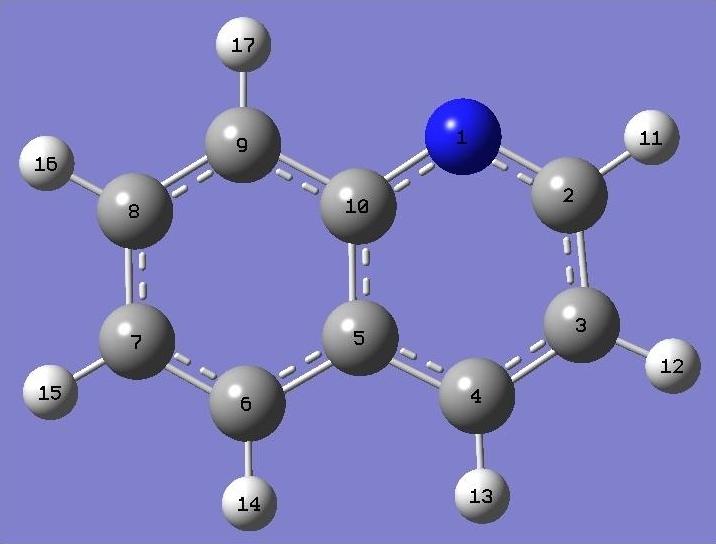
18 Oct Quinoline
Hidden Health Risks in Disperse and Vat Dyes??
Quinoline is a naturally occurring product that is found in coal tar and is detected in tobacco smoke, emissions from petroleum refining, coal and shale oil processing, and wood preservation. In accordance with proposed EPA carcinogen risk assessment guidelines (U.S. EPA, 1996), Quinoline is considered likely to be carcinogenic in humans. (https://www.epa.gov/iris/index.html) and if present in chemical products above 0.1% = 1000 ppm must be labeled as “May Cause Cancer” under the Global Harmonized System (GHS) H350.
We have discovered that many disperse and vat dyes contain quinoline at levels in excess of 0.1%, but are not labeled as legally required. It’s highly likely that most producers are not aware that quinoline is a contaminate in their disperse and/or vat dyes.
How does quinoline end up in the dye?
Disperse and Vat dyes are normally formulated with dispersing agents in order to aid the dyeing process. A commonly used class of dispersing agents is naphthalene formaldehyde condensates, which are manufactured from naphthalene and naphthalene is processed from coal tar. A minor by-product in the processing of naphthalene is quinoline and it’s possible that low grade naphthalene is contaminated with small amounts of quinoline and this carries through the manufacturing of the naphthalene formaldehyde condensate dispersing agents.
What can Brands, Retailers and Industry partners do to ensure that quinoline is not in the dyes that are used to dye their fabrics?
In order to ensure immediate compliance, Brands, Retailers and their Industry partners can ask suppliers for a written statement about the levels of quinoline in their disperse and vat dyes. Requesting a statement will trigger an immediate awareness of the hidden health risks. A longer term compliance strategy would require spot testing of dyestuff manufacturers for quinoline in their disperse and vat dye. Such spot testing can be done by an accredited ecology testing laboratory, such as Texanlab (https://www.texanlab.com/).)
If you are interested about further information the ecology of textile dyes, please contact us at https://www.dystar.com/.


